Jef led us on a walk along the banks of the Muddy River on a sunny, seasonal spring day. We first stopped to view some outdoor sculpture as part of the Through the Trees exhibition by studios without walls.


On to nature…We saw this gray birch seedling growing from a crack in a stone bridge.

We saw large areas of invasive Japanese knotweed (Fallopia japonica). There were stands of plants over a foot tall and many plants with only a couple of leaves. The plants were brought over as an ornamental: the picture below makes it clear why.

We found a greater celandine (Chelidonium majus) plant in flower. Jef squeezed the stem and yellow sap emerged. He warned us that the sap may be an irritant, not surprising given the toxic yellow color.
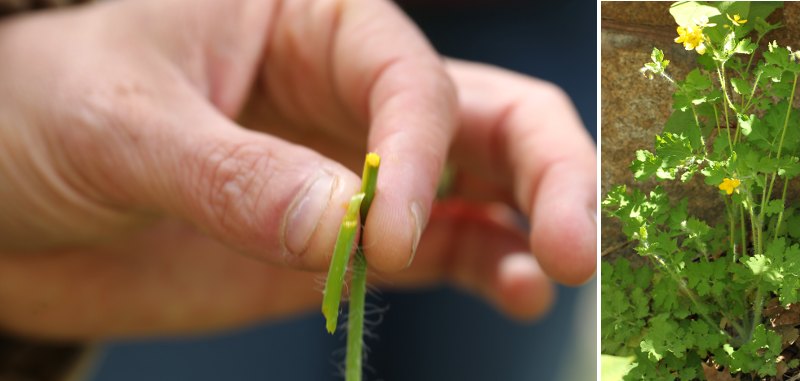
We passed under a number of lovely stone arches.

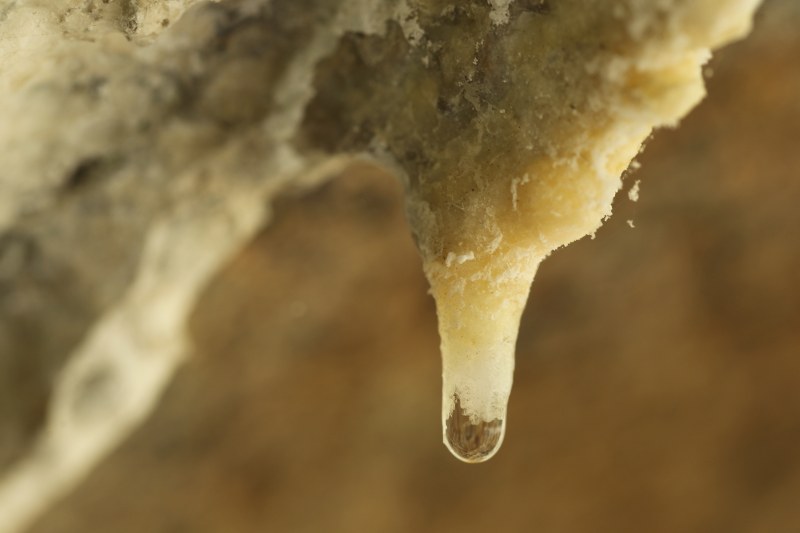
We saw a female red-winged blackbird, much plainer than the males — no red wing!

We passed through a section of the path that alternated between cherry and crabapple, all in flower.
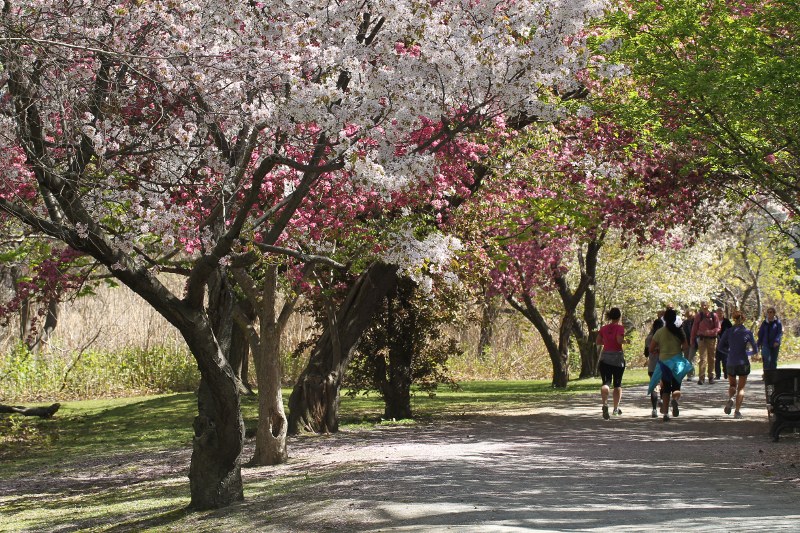
Jef picked off a piece of rotting bark. Part of it crumbled away. He told us it was insect frass, the waste products of insects. He suspected that carpenter ants were to blame and, sure enough, we found one running from the bark.

We encountered another invasive plant – phragmites. Phragmites is a reed that grows several feet tall, blocking views of the river and preventing native vegetation from taking hold. Most of the stalks we found were from last year but we saw a bit of new growth as well.

We saw this crane fly basking in the sun and were able to observe it closely without alarming it.

There’s a pattern to the wild plants that we saw: many were exotic and most invasive. Garden yellow-rocket (Barbarea vulgaris), one of the exotics, bursts with yellow flowers.

On one of the berms separating the path from the T, Jef found a cane of black raspberry (Rubus occidentalis). Note the three-part leaves, thorns, and white powder on the stems. Finally, a native plant!

The grass on both banks, where it could be found, was grazed by Canada geese to within centimeters of the ground. We saw many of the culprits swimming, honking, and grazing. We also saw an American black duck. Jef noted that mallards will come up to people expecting to be fed but black ducks keep their distance.

We also saw starlings, grackles, bluejays, cardinals, pigeons, and even a great blue heron passing by. It took a little while for us to find this calling tufted titmouse.

The northern flickers weren’t so shy. We saw two of them pecking at something on the riverbanks.
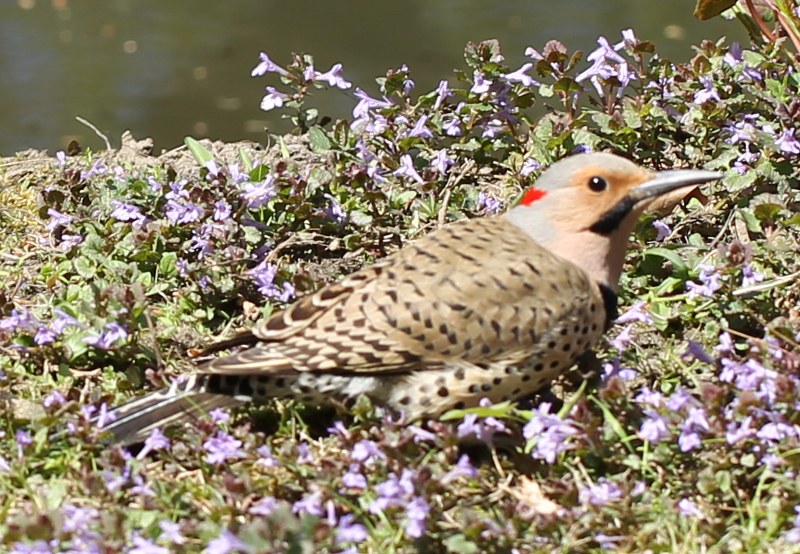
We spotted two muskrats. Here’s the second one. It ducked under water as we approached and we didn’t see it surface anywhere.

Here, Jef digs up some wild garlic (Allium vineale). The plant had a few small white bulbs at the end, which can be used to flavor food.
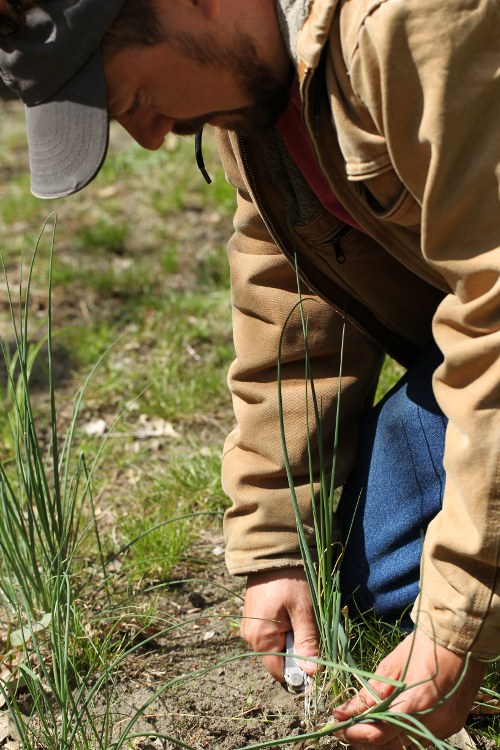
Jef found a large piece of rotting wood and took it apart. We saw this worm squirming around the wood. Parts of it appear transparent.

We were only able to locate one poison ivy (Toxicodendron radicans) plant.
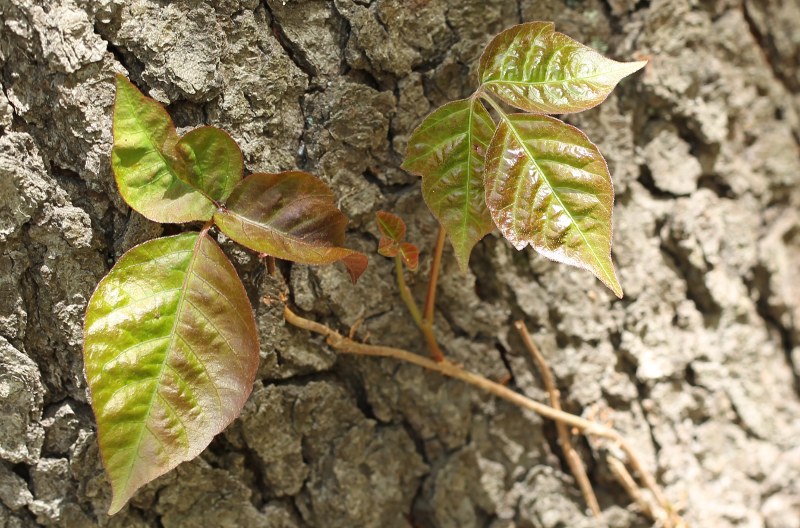
Around the start of our walk, Jef found a fallen branch with some dried black mushrooms. He placed the branch in the river. Toward the end, he brought it out. The dried black mushrooms, Exidia recisa, had come to life.
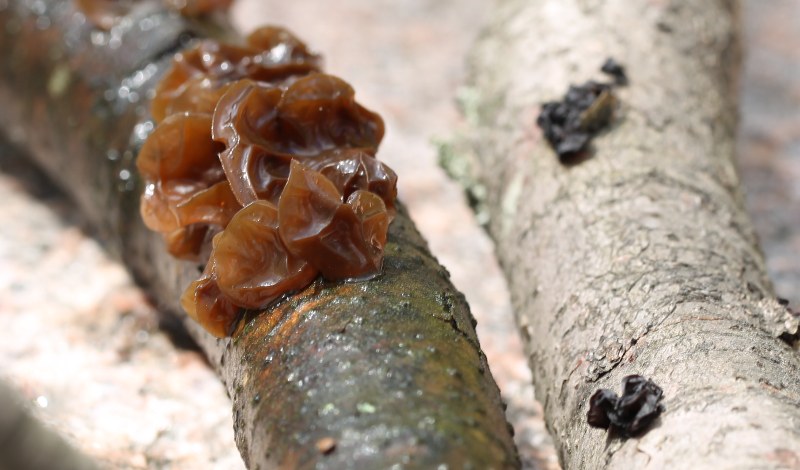
Our last creature of the day was this diurnal firefly.
